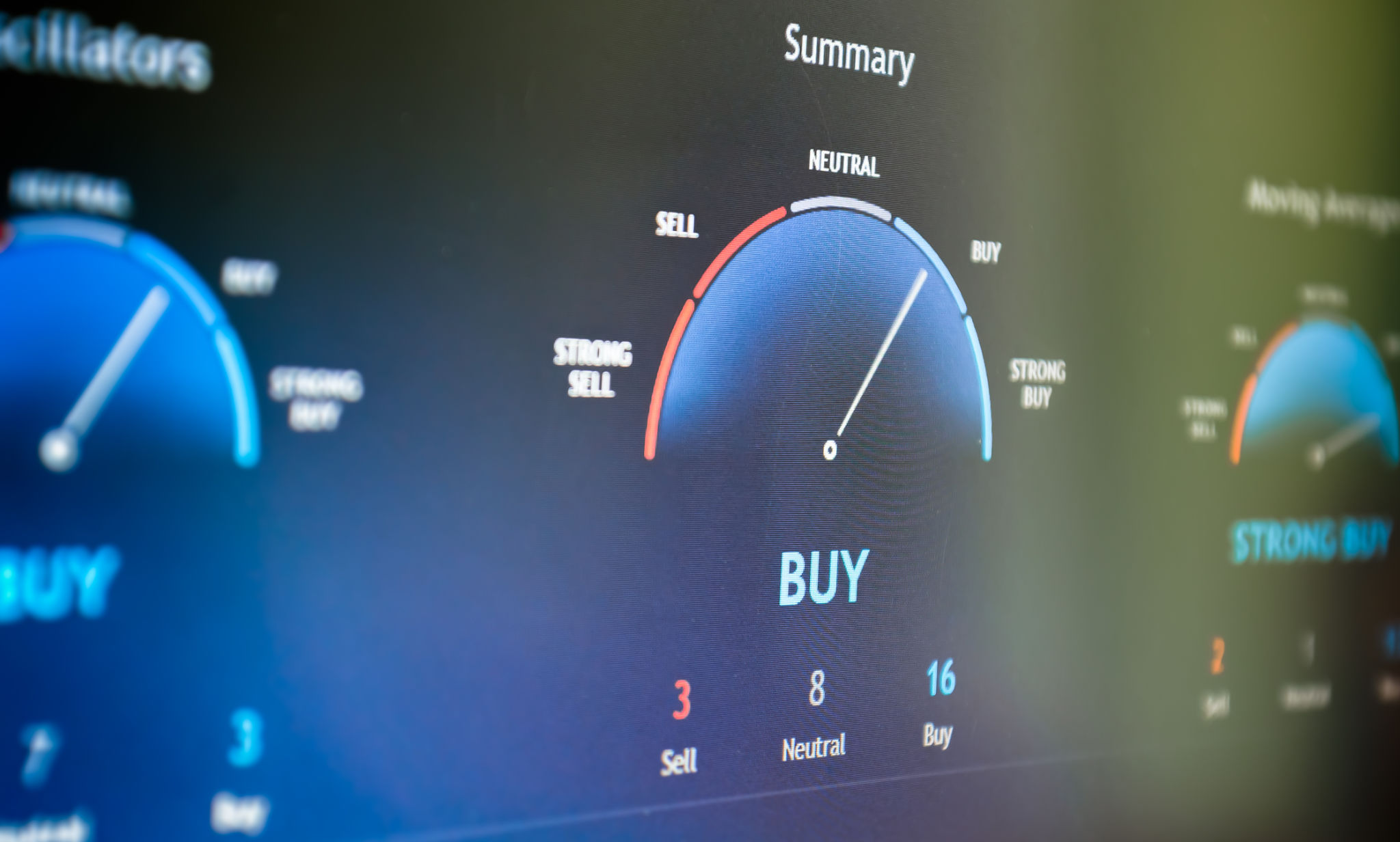Comparing Power BI, Streamlit, and Dash for Interactive Data Dashboards
Introduction to Interactive Data Dashboards
In the era of data-driven decision-making, interactive data dashboards have become an essential tool for businesses. They enable users to visualize complex data sets and derive actionable insights with ease. Among the popular platforms for creating these dashboards are Power BI, Streamlit, and Dash. Each of these tools offers unique features and functionalities that cater to different needs and preferences.
Power BI: A Comprehensive Business Analytics Tool
Power BI, developed by Microsoft, is a robust business analytics tool that allows users to create visually rich and interactive dashboards. It integrates seamlessly with other Microsoft products, making it an excellent choice for organizations already using the Microsoft ecosystem. Power BI's drag-and-drop interface makes it accessible to users without a technical background.

Features and Capabilities
Power BI offers a wide range of features, including real-time data streaming, custom visual creations, and AI-driven insights. Users can also leverage its extensive library of connectors to integrate data from various sources. Additionally, Power BI's cloud-based service allows for easy sharing and collaboration.
Streamlit: Simplifying Data App Development
Streamlit is an open-source Python library that focuses on simplifying the process of building web applications for data science projects. It is particularly popular among data scientists and analysts who want to create interactive dashboards quickly and efficiently without extensive web development knowledge.
Advantages of Using Streamlit
One of Streamlit's primary advantages is its simplicity and ease of use. With just a few lines of Python code, users can generate dynamic, interactive dashboards. Streamlit also supports real-time updates, which is crucial for applications that require live data monitoring. Its lightweight nature makes it easy to deploy on various platforms.

Dash: Bridging the Gap Between Data Science and Web Development
Dash, created by Plotly, is another powerful tool for developing interactive data applications. It is built on top of Flask, Plotly.js, and React.js, providing a strong foundation for creating complex applications with customizable components. Dash is ideal for developers who require greater control over their applications.
Customization and Flexibility
Dash offers extensive customization options, allowing developers to tailor their applications to specific requirements. It supports numerous chart types and components, making it versatile for various use cases. The integration with Plotly's visualization library ensures high-quality graphics and interactivity.

Choosing the Right Tool for Your Needs
When selecting a tool for building interactive data dashboards, it's essential to consider several factors such as the complexity of the project, the team's technical expertise, and the desired level of customization. Power BI is well-suited for users seeking a comprehensive analytics solution with minimal coding. Streamlit is perfect for those looking for a quick and straightforward way to deploy Python-based apps. Dash offers advanced customization for developers who need more control over their applications.
Conclusion
In conclusion, Power BI, Streamlit, and Dash each offer unique strengths that make them suitable for different scenarios. Understanding the specific needs of your project will help you choose the right tool to unlock the full potential of your data through interactive dashboards. As these tools continue to evolve, they will undoubtedly provide even more powerful features to enhance data visualization and exploration.